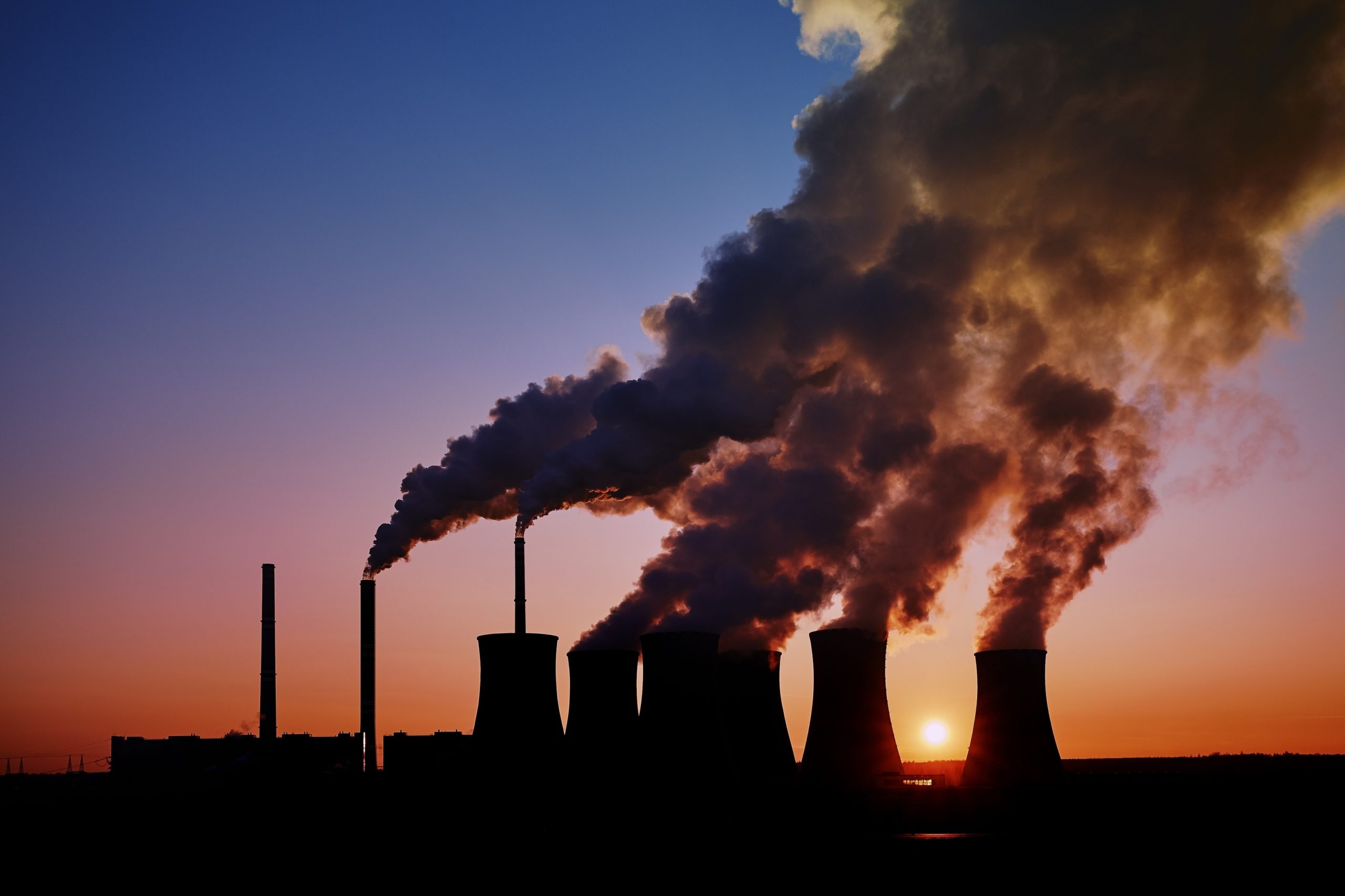In October 2019, we shared two studies from the Rocky Mountain Institute (RMI) that posed a provocative question: When might we reach the tipping point for carbon? At that point, 2035 was the target year, a timeframe that continues to shift. The effects of climate change are a sobering existential threat that promises far reaching consequences from something as serious as the extinction of animal and plant life to an estimated $178 trillion in economic turmoil by 2070 worldwide. In fact, these economic challenges cost the U.S. $165 billion in 2022 alone, a number that will sharply rise. This is why decarbonization efforts are vital by all metrics, as a tool to preserve life, as well as an economic opportunity for utility operations to through demand flexibility initiatives designed to help utilities satisfy and decrease their carbon output while meeting an evolving electric demand.
What is a Tipping Point?
In general, a tipping point is any inciting incident that results in an irreversible paradigm shift. For our purposes, the concept of a carbon tipping point refers both to the economic viability of relying on fossil fuels to power our national electric grid, as well as to the devastating effects that climate change will have on Earth for at least one million years, long after the likely extinction of humanity. Fortunately, by investing in renewable energy and decarbonization technologies or tapping into the burgeoning fleet of distributed energy resource (DER) technologies flooding the market like electric vehicles (EVs), utilities can diversify their energy portfolio to avoid these challenges, while lowering peak energy costs, strengthening grid resiliency, and enhancing customer satisfaction.
BlackRock & Environmental, Social, & Corporate Governance (ESG)
What a difference a few years makes. In 2020, the CEO of BlackRock—the largest money-management company in the world with nearly $7 trillion (that’s trillion with a “t”) in assets—announced that environmental sustainability is now a core goal for all of the firm’s investments.
In his annual letter to chief executives of the world’s largest companies, Larry Fink said that BlackRock would stop investing in companies that “present a high sustainability-related risk” such as those for coal producers. He also predicted a fundamental reshaping of finance and encouraged all companies, not just energy producers, to consider decarbonization as part of their business planning.
– Larry Fink, CEO, BlackRock
This prediction led to BlackRock investments in environmental, social, and corporate governance (ESG), an economic premise popularized in 2004. Fink explained this commitment, “When I write (sic) these [investment] letters, it was never meant to be a political statement.… They were written to identify long-term issues to our long-term investors.”
While the term has since become politicized, the message stands: climate change is an expensive challenge with widespread, negative consequences. That is why legislation like the Inflation Reduction Act was instituted to address climate change and the energy transition through financial incentives and opportunities for the public and utilities alike.
JP Morgan Faces Climate Disruption
In 2020, JP Morgan Chase’s annual regulatory report added “climate change” to its list of factors that could materially disrupt its business, hurting operations and investors. The largest bank in the United States also announced that it would stop financing coal-fired power plants unless they’re sequestering carbon, and it will no longer finance new oil and gas developments in the Arctic.
This year, JP Morgan committed to continuing to invest in clean energy and anticipates financing an estimated $1 trillion in green technologies by 2030. This includes investments in decarbonization technologies to strip carbon from the atmosphere, solutions to simplify ESG investments, and endorsements for further renewable energy installations. These investments serve to further illustrate the economic priority of mitigating climate change, managing the energy transition both through decarbonization initiatives and through diversifying our national energy portfolio.
Utility Industry & DER Producer Decarbonization Efforts
Parallel to these economic investments, a number of large utilities already have committed to decarbonization efforts, including Arizona Public Service, DTE Energy, Duke Energy, NRG Energy, PSEG, and Xcel Energy. Were some of these companies and their leaders targeted by environmental activists? Yes. Was that the only reason they’ve made these significant policy changes? No.
Similarly, investments in startups indicate a commitment to the global decarbonization needed to mitigate climate change. According to The Motley Fool, since 2005 NextEra Energy—one of the nation’s largest producers of solar and wind power—has grown its adjusted earnings per share at an annual clip of 8.5 percent. For the last 15 years, NextEra’s stock has outperformed the entire utility sector, not to mention 86 percent of all stocks in the S&P 500.
Conclusion: Decarbonization as an Economic Opportunity
Through demand flexibility initiatives utilities can both meet decarbonization objectives while concurrently generating fresh revenue streams. Programs like demand response and EV managed charging are conservation efforts controlled through a distributed energy resource management system (DERMS) that decrease energy usage during peak consumption by minimizing usage at the device level. Conversely, BYOD programs, V2G reciprocal charging, or virtual power plants utilize existing community energy assets to meet demand.
For both, utilities decrease costly energy expenditures during peak demand, increase their independence on expensive and dirty peaker plants, strengthen energy security, and improve customer rapport through enhanced service. These programs are crucial decarbonization tools, necessary in an evolving energy landscape to continue to meet needs. Considering the costs of climate inaction, the alternatives are useful mitigation strategies, while also crucial in creating new opportunities for an industry that has reached an inflection point.
This article was originally published on March 4, 2020, with updates on July 13, 2023.







